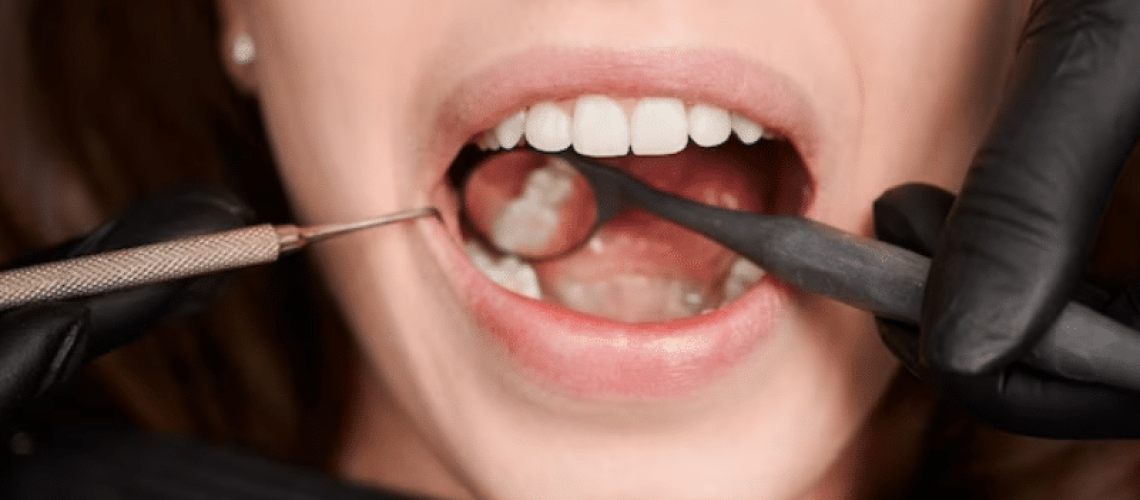Welcome to our blog post on tooth extractions! While the thought of having a tooth pulled may send shivers down your spine, it’s actually quite common and can be necessary for various reasons. From severe decay to overcrowding, there are numerous factors that might warrant the removal of a tooth. In this article, we’ll delve into some of the most common reasons why teeth are extracted and discuss when it’s essential to do so. So sit back, relax, and read on as we explore everything you need to know about tooth extractions!
What is Tooth Extraction?
A tooth extraction is a dental procedure in which a tooth is removed from the mouth. Extractions are typically performed by a dentist or an oral surgeon and may be necessary for a variety of reasons, including:
Source: Mr.Dentist
Reasons for Tooth Extractions
There are many reasons why someone might need a tooth extraction. The most common reason is that the tooth is too damaged to be repaired. This can be from decay, an injury, or gum disease. Other reasons for extractions include teeth that are crowded or impacted (wisdom teeth), to make room for dental implants, or in preparation for orthodontic treatment.
Most people who need a tooth extraction will have some anxiety about the procedure. But it’s important to remember that it is a very common procedure that dentists do every day. With modern anesthesia and techniques, the majority of patients report little to no pain during and after the procedure.
1. Decay
It’s no secret that a trip to the dentist can be daunting, but sometimes it’s necessary to say goodbye to one or more teeth. Tooth extractions may seem scary, but they’re often done for good reasons. In this post, we’ll explore some of the most common reasons why teeth need to be removed and when the extraction is absolutely necessary. So buckle up and join us as we delve into the world of tooth extractions!
2. Infection
There are a few different types of infections that can lead to the need for tooth extraction.
The first is an infection of the pulp: which is the innermost layer of the tooth. This can happen due to decay or trauma to the tooth. Pulp infections are usually treated with a root canal procedure, but in some cases, the infection is so severe that the tooth needs to be removed.
The second type of infection is called periodontal disease: This is an infection of the gums and bone around the teeth. Periodontal disease is caused by plaque and tartar buildup on the teeth. If this buildup is not removed, it can lead to inflammation and damage to the gum tissue. In severe cases, periodontal disease can cause bone loss around the teeth, which can eventually lead to tooth loss.
The third type of infection is called a periapical abscess: This is an infection at the base of the tooth root. Periapical abscesses are usually caused by untreated dental decay or injury to the tooth. If left untreated, these abscesses can spread to other areas of the mouth and body.
3. Overcrowding
Overcrowding is one of the most common reasons for tooth extraction. When teeth are overcrowded, they can become crooked or misaligned, and this can cause a number of problems, including pain, difficulty chewing or speaking, and an increased risk of cavities and gum disease.
In some cases, overcrowding can be corrected with braces or other orthodontic treatments. However, in severe cases, tooth extraction may be the only option. If you’re considering tooth extraction due to overcrowding, your dentist will assess your individual situation and determine whether extraction is the best course of action.
4. Impacted Tooth
This is a more serious complication that can occur when a blood clot does not form in the extraction site or if it becomes dislodged. A dry socket can be very painful and may require special treatment from your dentist.
5. Infection
Tooth extractions are often necessary when a tooth is impacted. Impacted teeth are usually the result of overcrowding in the mouth or gum disease. They can also be caused by trauma to the mouth or teeth. Impacted teeth can be very painful and can cause problems with eating, speaking, and drinking. If an impacted tooth is not treated, it can lead to infection, abscesses, and damage to the nearby teeth.
6. Injury
There are a few common reasons why people might need to have a tooth extracted, including:
-Crowding: If there is not enough room in the mouth for all of the teeth, they may become crooked or crowded. In this case, extracting one or more teeth may be necessary to make room for the others.
-Infection: If a tooth is infected, it may need to be removed to prevent the infection from spreading.
-Tooth Decay: Severe tooth decay can sometimes lead to the need for an extraction.
-Trauma: If a tooth has been damaged due to an injury, it may need to be removed.
Pain Management Strategies
There are a few pain management strategies that can be used for tooth extractions.
The first is over-the-counter pain medication. This can help to take the edge off of the pain and make the extraction process more tolerable.
The second strategy is to use a numbing agent during the procedure. This can help to dull the pain and make it more bearable.
The third strategy is to use ice after the procedure. This can help to reduce swelling and discomfort.
Tooth extractions can be a necessary and sometimes unavoidable procedure to treat various dental problems. While it’s not an ideal situation, it is important to understand the common causes of tooth extractions and when they are deemed necessary. Knowing this information can help you prepare for any potential procedures, ensure that your oral health is taken care of properly, and give you peace of mind knowing that any extracted teeth will be replaced with a durable restoration if need be.

